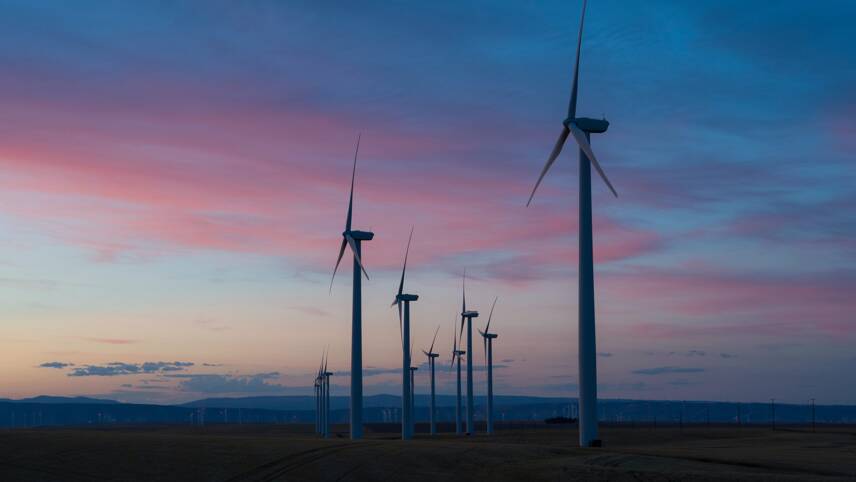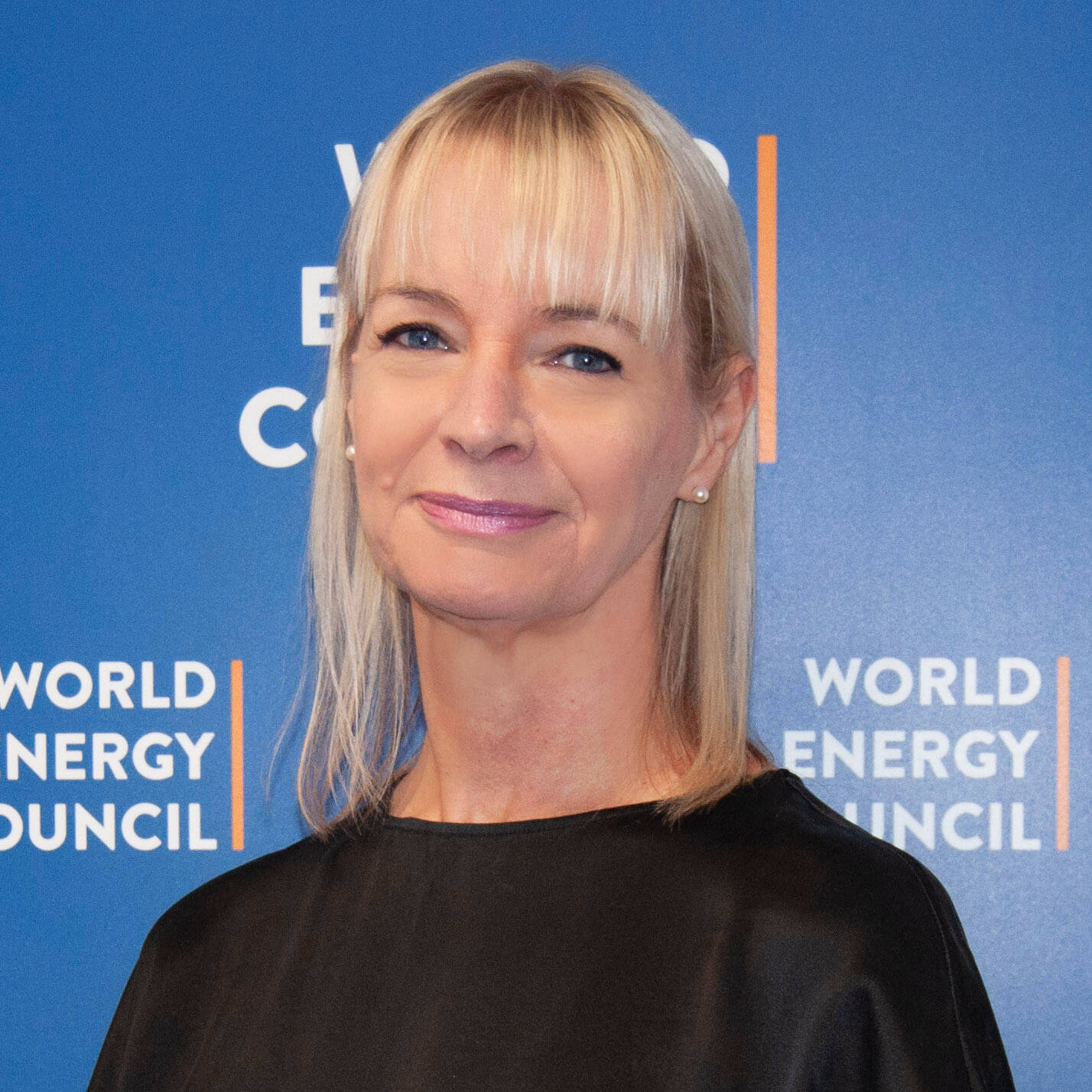You’ve reached your limit!
To continue enjoying Utility Week Innovate, brought to you in association with Utility Week Live or gain unlimited Utility Week site access choose the option that applies to you below:
Register to access Utility Week Innovate
- Get the latest insight on frontline business challenges
- Receive specialist sector newsletters to keep you informed
- Access our Utility Week Innovate content for free
- Join us in bringing collaborative innovation to life at Utility Week Live

The World Energy Council’s August World Energy Pulse has outlined the priorities and concerns of the global energy community as well as areas of untapped potential for innovation.
The World Energy Council’s second poll of 600 respondents from both public and private sector power and utilities across some 90 countries found that optimism about the pace of energy transition has decreased.
According to latest findings, 27% more sector leaders believe that progress will slow compared to figures from the first Pulse in April, while 18% more respondents claim to be seeing greater fragmentation in global energy policy approaches amid new crises.
For example, while all three pillars of the so-called energy trilemma – the conflicts between accelerating decarbonisation and ensuring security of supply and affordability – are receiving leadership attention, the importance of each pillar differs significantly by region.
Throughout Europe, for instance, there has been a shift in policy focus resulting in the reprioritisation of energy security (42%) over affordability (22%) and environmental sustainability (36%).
 Ultimately, the latest report reinforces the demand for innovation to place people and communities at the heart of energy transitions according to Dr Angela Wilkinson, secretary general and CEO of the World Energy Council.
Ultimately, the latest report reinforces the demand for innovation to place people and communities at the heart of energy transitions according to Dr Angela Wilkinson, secretary general and CEO of the World Energy Council.
“The urgent need to decarbonise economies without destabilising societies has become crystal clear in the context of new cost-of-living crises and global supply chain risks,” she said.
“Successfully managing energy transitions is best achieved through a combination of energy trilemma solutions at all levels of societies, by redesigning markets and environmental, social, and governance investment frameworks to include energy and environmental justice considerations alongside energy and climate security.”
Here are some of the key areas of innovation flagged by the report.
Supply-side tech
 Supply-side technologies including electricity storage, low-carbon hydrogen, smart grids, and carbon capture and storage, are regarded as crucial to accelerating clean and just energy transitions in all regions.
Supply-side technologies including electricity storage, low-carbon hydrogen, smart grids, and carbon capture and storage, are regarded as crucial to accelerating clean and just energy transitions in all regions.
As such, almost half (48%) of respondents to the August World Energy Pulse consider supply-side tech as the area of greatest untapped potential for innovation to accelerate energy transitions.
End-user energy efficiency ranked as the second greatest area untapped potential – flagged by 25% of those quizzed – ahead of demand-side management and social innovation which were third and fourth most popular responses respectively.
Facilitating ‘bottom-up leadership’
 Survey responses also indicated a global absence of bottom-up or customer-led leadership models in which energy policy and innovation are informed by the people impacted by them.
Survey responses also indicated a global absence of bottom-up or customer-led leadership models in which energy policy and innovation are informed by the people impacted by them.
More than half (57%) of Pulse respondents indicated no or very little evidence of these models emerging in their country with a lack of focus on bottom-up inclusive solutions presenting a significant challenge when pursuing multiple pathways to net zero.
According to the report, bottom-up leadership can be enabled via community empowerment schemes and participatory approaches to innovation, and by making use of smart technology for better communication between industry and consumer.
Plugging ‘energy literacy’ gaps
 Almost 40% of respondents claim that policymakers are the most crucial target audience for schemes and innovation to improve energy literacy in order to empower informed energy choices and participation in policy debates, and act as a catalyst for widespread engagement with the energy transition.
Almost 40% of respondents claim that policymakers are the most crucial target audience for schemes and innovation to improve energy literacy in order to empower informed energy choices and participation in policy debates, and act as a catalyst for widespread engagement with the energy transition.
“It’s vital that decisionmakers avoid triggering social resistance to energy transition and engage in more open and honest conversations about links between price, system costs, affordability and value-in-use,” Dr Wilkinson said.
Government-backed enablers
 When asked “where should your government intervene to support energy businesses and industry with the impact of crises?” almost a third (30%) of respondents said energy infrastructure, while slightly more than one-in-five said R&D in order to enable energy business, industry operations and innovation.
When asked “where should your government intervene to support energy businesses and industry with the impact of crises?” almost a third (30%) of respondents said energy infrastructure, while slightly more than one-in-five said R&D in order to enable energy business, industry operations and innovation.
Findings ultimately suggest that there is no cheap or quick fix to the cost-of-living crisis and that energy efficiency incentives and funding, along with subsidies and an overhaul of the market structure and design are needed.
Focus on power grid and generation mix
 Finally, the World Energy Council’s survey revealed that strengthening and extending the electricity grid and diversifying the generation mix were the most popular approaches to address the new energy and climate security challenges.
Finally, the World Energy Council’s survey revealed that strengthening and extending the electricity grid and diversifying the generation mix were the most popular approaches to address the new energy and climate security challenges.
Asked “which of the following solutions is your country/company focusing on to address the new energy and climate security challenges?” strengthening and extend the electricity grid and diversifying the generation mix was the top response, ahead of increasing the diversity of energy imports and enhancing resilience to global energy shocks at national and local levels respectively.
Improving end-use efficiencies and incentivise new behaviours, providing new net zero energy services and enabling more integrated and flexible energy storage solutions were also flagged by respondents.
Utility Week Innovate, in collaboration with Utility Week Live aims to discover and promote innovative approaches to tackle front line business challenges through case studies, technical/project studies, networking, and live content. Be recognised as a key solution provider and meet your target audience face-to-face at UWL23. Find out more about exhibiting
Please login or Register to leave a comment.